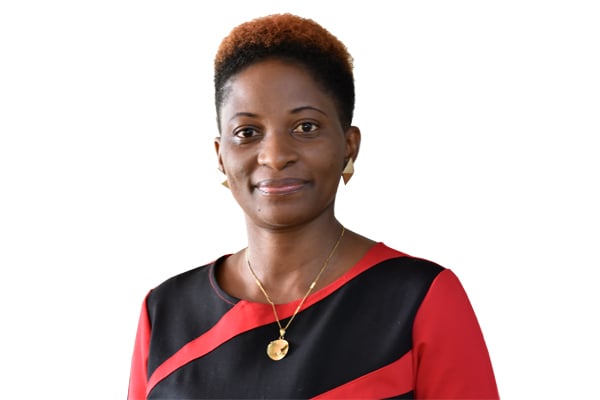Prime
If we can’t stop abortion, can we reduce unwanted pregnancies?

Author: Angella Nampewo. PHOTO/FILE
What you need to know:
- We can legislate to high heaven and our load for post abortion care will just keep growing.
In April, Community Health Rights Network released a report indicating that at least six in 10 girls in slum areas in Uganda had used unsafe abortion methods. The study conducted between 2018 and 2021 interviewed more than 102,509 women, of whom 61,509 revealed they had used unsafe abortion methods to get rid of unwanted pregnancies.
More than half of that number were married. Another report published by Uganda Radio Network indicated more than 14,000 cases for post abortion care were reported in the Acholi sub-region.
As the debate rages on the other side of the Atlantic on whether to overturn the Roe vs. Wade law that guaranteed the right to abortion in the US, one cannot help considering the dire consequences that prevalent unsafe abortion has on our female population. It has been stated as a leading cause of maternal death.
While it is still illegal to procure an abortion here, women are still turning up in poor shape, in need of care, after an abortion gone wrong.
ALSO READ: The abortion crisis in Kenyan universities
This is a real dilemma, just like the one that has been foreseen in the US, should the abortion law be overturned. It is now predicted that if it becomes illegal to have abortions within their own states, women might travel out of state to get an abortion or go to some underground operation.
There are no easy answers to the abortion dilemma but perhaps we need to look at it from the chicken and egg situation. Before an abortion comes an unwanted pregnancy. Why do we have so many unwanted pregnancies? Are the reasons economic, societal pressure, fear of dropping out of school or inadequate access to reproductive health services? Without addressing the underlying reasons that compel women to seek abortions, we can legislate to high heaven and our case load for post abortion care will just keep growing, alongside maternal deaths from unsafe practices.
The Covid-19 pandemic provided an example of what can happen when women and girls are rendered socially and economically vulnerable. With many girls outside of the regular protection of schooling and with diminished or no economic power, there was a significant increase in the rate of teenage pregnancy, among other issues. There is still a lot of stigma and little support for women who get pregnant outside of what is perceived to be the ideal circumstances.
This is not in any way to encourage early sex or any other risky behaviour but despite our public campaign for access to reproductive health information for younger people, the reality on the ground is starkly different as sexuality is still shrouded in taboo. This, despite the fact that all kinds of information (good and bad) are more available to our young. While we have succeeded to some extent, to reduce the stigma on HIV for instance, pregnancy still feels like a death sentence to many and open, safe places to discuss safe reproductive practices without judgement are few.
If you don’t believe me, imagine your 15-year-old daughter came to you or was sent back from school with the news that she was expecting a baby. Outline the steps you would take upon receiving the news. It is easy to dismiss the statistics and conveniently forget about the problems of these young people if they seem far away. I believe it would make a difference if we thought of this problem as our very own. What would be the right thing to do under the circumstances?
If we can figure this out, we can endeavour to create better conditions to save women and girls from unwanted pregnancies or at least unsafe abortions.
Ms Nampewo is a writer, editor and communications consultant
[email protected]


